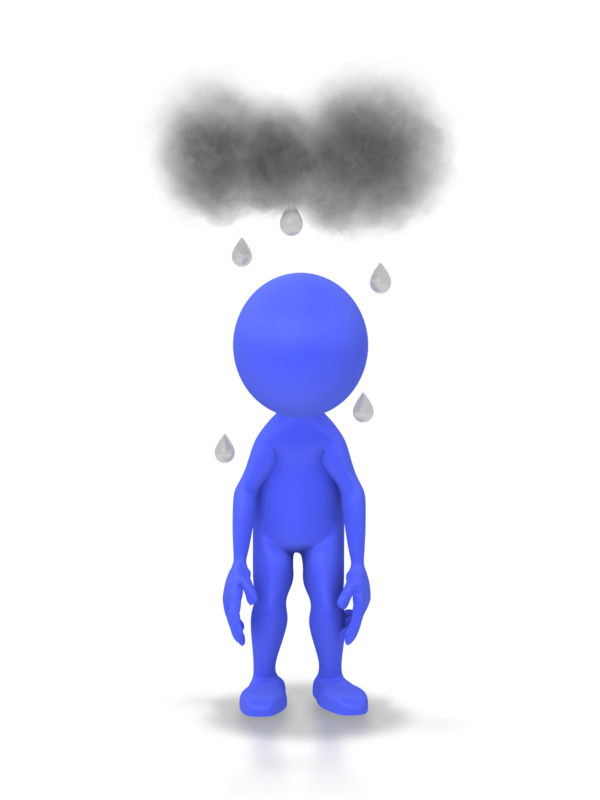
15th March 2022, Dr Chee L Khoo
We are seeing increasing number of patients with depression. This is particularly the case over the last 2 years of the pandemic. Many of our patients were scared in the first year before the vaccines became available and confused in the second year with all sorts of news (good and bad) about the vaccines and their potential side effects. You would agree that the vaccine roll out has been chaotic, to say the least. Guidelines suggest that if we were to initiate an anti-depressant, we should use a single, non-monoamine oxidase inhibitor anti-depressant in patients with severe depression. Despite a host of different agents, response rate is only about 60%. What is the next step?
In patients who do not respond to a single anti-depressant, we could switch to a different monotherapy, increase the dose of the current agent, add another agent that can augment the current agent (eg, with lithium or second-generation antipsychotics) or we could combine 2 antidepressants (1-3) with different modes of action. The theory is that combining 2 antidepressants with different modes of action increases clinical efficacy (4,5).
A meta-analysis in 2016 (6) showed that, compared with monotherapy, combination therapy is more effective and comparably tolerable as a treatment for acute depression, most notably when applied as a first-line treatment. This was particularly the case for combinations that include monoamine reuptake inhibitors (selective serotonin reuptake inhibitor, serotonin-norepinephrine reuptake inhibitor, or tricyclic antidepressant) and antagonists of presynaptic α2-autoreceptors (mianserin, mirtazapine, trazodone).
Since then a number of randomised controlled trials showed contradictory results. Kato et al (2018) found that in patients with new onset depression, there was no advantage of titrating sertraline to 100 mg vs 50 mg. Patients unremitted by week 3 gained a small benefit in reduction of depressive symptoms at week 9 by switching sertraline to mirtazapine or by adding mirtazapine (7). Navarro et al (2019) showed that in patients with severe unipolar depression that have not responded to venfalaxine (225 – 300 mg), switching to a tricyclic anti depressant is more effective than adding mirtazapine (30mg/day) (8). Kessler et al (2018) found that patients who were still depressed after 6 weeks of an SSRI or SNRI did not derive any significant clinical benefit by adding mirtazapine (9).
A recent systematic review and meta-analysis of randomized clinical trials (RCTs) comparing combinations of 2 antidepressants with antidepressant monotherapy in adults with acute depression relooked at the question of combination therapy (10).
Henssler et al explored the efficacy and tolerability of combination therapy. Combinations using presynaptic α2-autoreceptor antagonists or bupropion were investigated separately. MEDLINE, Embase, PsycINFO, and the Cochrane Central Register of Controlled Trials were systematically searched from each database inception through January 2020. Randomised clinical trials (RCTs) comparing combinations of antidepressants with antidepressant monotherapy in adult patients with acute depression were included. Thirty-nine RCTs including 6751 patients were eligible.
What did they find?
Combination treatment was statistically significantly associated with superior treatment outcomes relative to monotherapy. Combining a reuptake inhibitor with an antagonist of presynaptic α2-autoreceptors was superior to other combinations. Bupropion combinations were not superior to monotherapy. Numbers of dropouts and dropouts due to adverse events did not differ between treatments.
Theoretically, pharmacodynamic and clinical synergisms may be at play here. For example, sedating α2-adrenergic receptor antagonists may counteract the restlessness, agitation, and sexual dysfunction associated with monoamine reuptake inhibitors. Reuptake inhibitors in monotherapy are likely to stimulate presynaptic α2-receptors by enhancing the intrasynaptic concentrations of serotonin and norepinephrine.
Bupropion, with its dopaminergic properties, has a mechanism of action that theoretically, should complement classical antidepressant pathways. However, in this study, bupropion combinations in general were not associated with substantial enhancement of anti-depressive efficacy compared with monotherapy.
This study yielded 2 main results. First, combination treatment as a general principle seems to be more effective than monotherapy without being associated with higher numbers of patients dropping out. Second, the combination of monoamine reuptake inhibitors (selective serotonin reuptake inhibitor, serotonin-norepinephrine reuptake inhibitor, or tricyclic antidepressant) and α2-adrenergic receptor antagonists (RI+α2) seems to be the most effective and preferable antidepressant combination.
References:
- National Collaborating Centre for Mental Health (UK). Depression: The Treatment and Management of Depression in Adults (Updated Edition). Published online 2010. Accessed October 13, 2020. https://www.ncbi.nlm.nih.gov/books/NBK63748/
- Gelenberg AJ, Freeman MP, Markowitz JC, et al. Practice guideline for the treatment of patients with major depressive disorder: third edition. https://psychiatryonline.org/pb/assets/raw/sitewide/practice_guidelines/guidelines/mdd.pdf
- Schneider F, Härter M, Schorr S. S3-Leitlinie/Nationale VersorgungsLeitlinie Unipolare Depression. Published online March 3, 2017. doi:10.1007/978-3-662-52906-5
- Köhler S, Unger T, Hoffmann S, Steinacher B, Fydrich T, Bschor T. Comparing augmentation with non-antidepressants over sticking to antidepressants after treatment failure in depression: a naturalistic study. Pharmacopsychiatry. 2013;46(2):69-76. doi:10.1055/s-0032-1323677
- Valenstein M, McCarthy JF, Austin KL, Greden JF, Young EA, Blow FC. What happened to lithium? antidepressant augmentation in clinical settings. Am J Psychiatry. 2006;163(7):1219-1225. doi:10.1176/ajp.2006.163.7.1219
- Henssler J, Bschor T, Baethge C. Combining antidepressants in acute treatment of depression: a meta-analysis of 38 studies including 4511 patients. Can J Psychiatry. 2016;61(1):29-43. doi:10.1177/0706743715620411
- Kato T, Furukawa TA, Mantani A, et al; SUN☺D Investigators. Optimising first- and second-line treatment strategies for untreated major depressive disorder, the SUN☺D study: a pragmatic, multi-centre, assessor-blinded randomised controlled trial. BMC Med. 2018;16(1):103. doi:10.1186/s12916-018-1096-5
- Navarro V, Boulahfa I, Obach A, et al. Switching to imipramine versus add-on mirtazapine in venlafaxine-resistant major depression: a 10-week randomized open study. J Clin Psychopharmacol. 2019;39(1):63-66. doi:10.1097/JCP.0000000000000988
- Kessler DS, MacNeill SJ, Tallon D, et al. Mirtazapine added to SSRIs or SNRIs for treatment resistant depression in primary care: phase III randomised placebo controlled trial (MIR). BMJ. 2018;363:k4218. doi:10.1136/bmj.k4218
- Henssler J, Alexander D, Schwarzer G, Bschor T, Baethge C. Combining Antidepressants vs Antidepressant Monotherapy for Treatment of Patients With Acute Depression: A Systematic Review and Meta-analysis. JAMA Psychiatry. Published online February 16, 2022. doi:10.1001/jamapsychiatry.2021.4313
